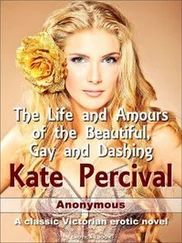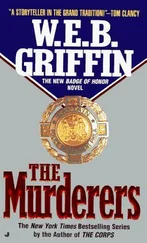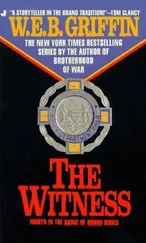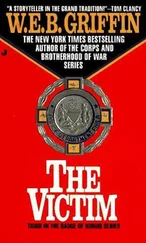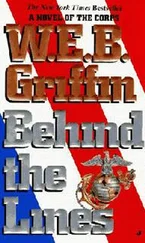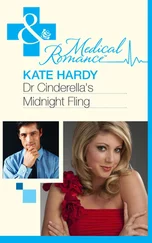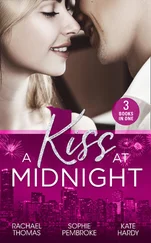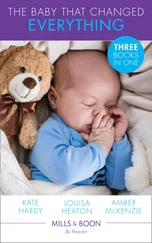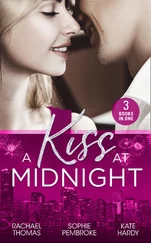White City.
Whites.
And whether we liked it or not, there was blood seeping into our clothes, and I needed help.
So, since the bus was headed in that direction anyway, I went in search of the Long White City clan.
* * *
I do not know how the Long White City clan came to be founded. To find the answer to that would require a history of graffiti that I never came to grips with, since it is in the nature of the art that no one keeps an official log except the police, and they don’t like to talk about it much.
What I do know is that sometime in the late 1960s, it was observed by those who bother to keep track of such things that a mutual collective of painters and magicians were coming together in the area of London known as White City, and between them practising a new and interesting form of magic. It was the Whites, more than any other group, who pioneered research into the new symbols of magic that were emerging with the urban evolution of the craft. The pentangle star was rejected in favour of the red “stop” octagon as a symbol of power; mystic runes in the Viking style were swept away in favour of the scrawled loop of silver paint plastered across an open wall. It was discovered that it was cheaper to paint a gargoyle protector than to commission one in marble, and that they served roughly the same end; it was realised that the image of a great eye painted at the end of Platform 14 of Clapham Junction station was a scrying tool of infinitely more value than your traditional bowl of silver water, and that nothing bound as effectively as a double red parking line burnt chemically into the earth. It was realised that those who found magic in the words and pictures drawn in the night would be better off as a whole if they stuck together.
So the Whites came into existence, as a rag-tag formation of egoists, magicians, artists and all-purpose mystic dabblers, donating to a common union. I have some time for their methods, since only a fool denies the power of what they do, but generally my interest has been elsewhere.
The development of a new “mega-mall” in White City forced the majority of the clan to seek housing somewhere else. A war with the Tower, which at one time was the single most powerful mystic body in the city, drove them underground into the old tunnels of the Kingsway Telephone Exchange. That had been in Mr Bakker’s day; the bad old days of living shadows, dead sorcerers and broken promises. It was a war that had killed me before I even knew it had started. When we had come back, I and us, we and me, together in the same flesh, we fought back. Mr Bakker had died. So had his shadow. So had . . .
. . . others.
Mortals died so easily.
The ending of the war brought the Whites above ground again, albeit in smaller numbers than before. That the war ended and they survived had more than a little to do with us; we hoped they’d remember that tonight.
I looked for the signs.
An empty spray-paint can tossed onto the top of a bus shelter.
A painted elephant on the side of a house, playing a large trombone whose nose pointed further south.
A wall with four windows added onto it and a front door, from which a child with a red balloon peeked towards the nearest bus stop.
I changed buses.
A message scratched into the glass window of the bus — END OF THE LINE.
Not one from the Whites; they knew that such a message could be a threat, as well as an instruction. I ignored it.
A rat on the side of a green telephone router box, holding in its painted claws a tin of peanut butter, a knife dripping with a compromising yellow blob of the stuff, tip pointed towards the west.
I stayed on the bus.
A post standing up taller than the houses, laden with CCTV cameras, onto which a single white hand mark had been pressed in indelible paint. Another white hand a few doors down, and then more, getting more regular in succession until a school wall covered in a thousand multicoloured hand prints, of which only one was white, a single finger extended and pointing towards a door.
I got off the bus.
My head was the inside of a tumble-dryer, my throat the pipe for hot air. Someone was feeding old socks bound together with static in and out of me through the tear in my chest. My hands were the burning wires through which electric current flowed, my knees were the wobbly suspension springs on which the whole rumbling construction churned.
There was a door between an organic health food shop selling pink crystal lamps in its dark windows and a betting shop selling poor odds on bad investments. There was no name above it, no sign beside it. Just a solid metal door locked shut in a row of padlocked shops. A tiger was painted on it, leaping out of the framework with jaws gaping and eyes wild with fury. I stared at it, it stared at me, frozen for ever in its leap. It’s easy to think that the eyes of a painting are staring just at you. In this case, they were.
I hammered on the door.
There was no answer.
I hammered harder.
Above me, a window slid back and a voice called out in the melodramatic whispered-shout of all good neighbours out to disturb the peace, “Who’s there?”
I stepped back onto the pavement to see the speaker better, but could only see the shadowed silhouette of a woman against a wash of white neon.
“I’m here for Vera!” I called back in the same quiet-loud call of the night-time streets.
“Who?”
“I’m Swift! Matthew Swift!”
“So?”
“I need help!”
“I don’t know you!”
“Tell Vera it’s Swift!”
“Fuck off!”
Our stomach was a vat in which old bones were dissolved for glue. Each cell of blood in our body had grown little centipede legs that tickled and crawled along the inside of our veins.
I said again, “I need help.”
“Go to the fucking police!”
“I’m a sorcerer . . .”
“Yeah, right.”
So we looked up at her and said, “We are the angels. Help me.”
And the darkness in the window hesitated. We raised our hand towards her and let the blood trickle between our fingers, and as it flowed, it wriggled and wormed, coherent rivers of red breaking away into fat liquid maggots on our skin that writhed and hissed off each other, burning cold blue electricity over our flesh. “We are . . .” we called through gritted teeth, as the light of our blood turned our face electric blue, “. . . we are the blue electric angels. Please — help me.”
The woman in the window said, “Crap.”
The door opened.
We went inside.
The door led to steps, the steps led to a basement.
The basement was a club. The walls were painted with dancing people, most of whom were wearing very little clothing.
They were frozen on every wall and across every counter, stretched out over every pillar and rippling up onto the ceiling. The place stank of paint, magic, beer, smoke and sweat. A few hours earlier, these pictures would have danced with all the rest; the floor was stained with a thousand prints set in paint of high heel, trainer, loafer, boot, sandal and every kind of shoe that knew how to party. Some of the marks were still wet, and as we walked, our shoes — not our shoes, no, not quite — left blue footprints across the floor. Up was trying to be down, colour was trying to be sound, sound was trying to be sense, all things playing tricks, the painkillers nothing more than a cobweb through which the pain slashed.
The bouncer who met me at the bottom of the stairs had skin turned almost purple with the weight of tattoos on it. Unlike the tattoos of the jailbird on the bus, these stank of raw, sweaty power burnt into the skin. He looked me over in the half-gloom of the silent, stinking club floor and said, “This way.”
Читать дальше

